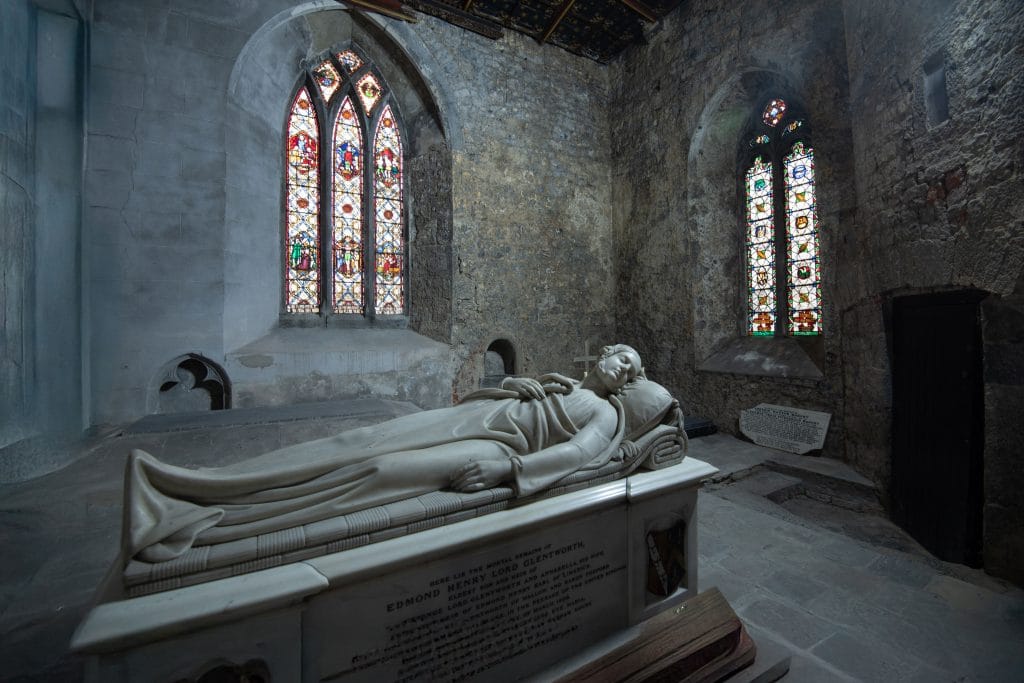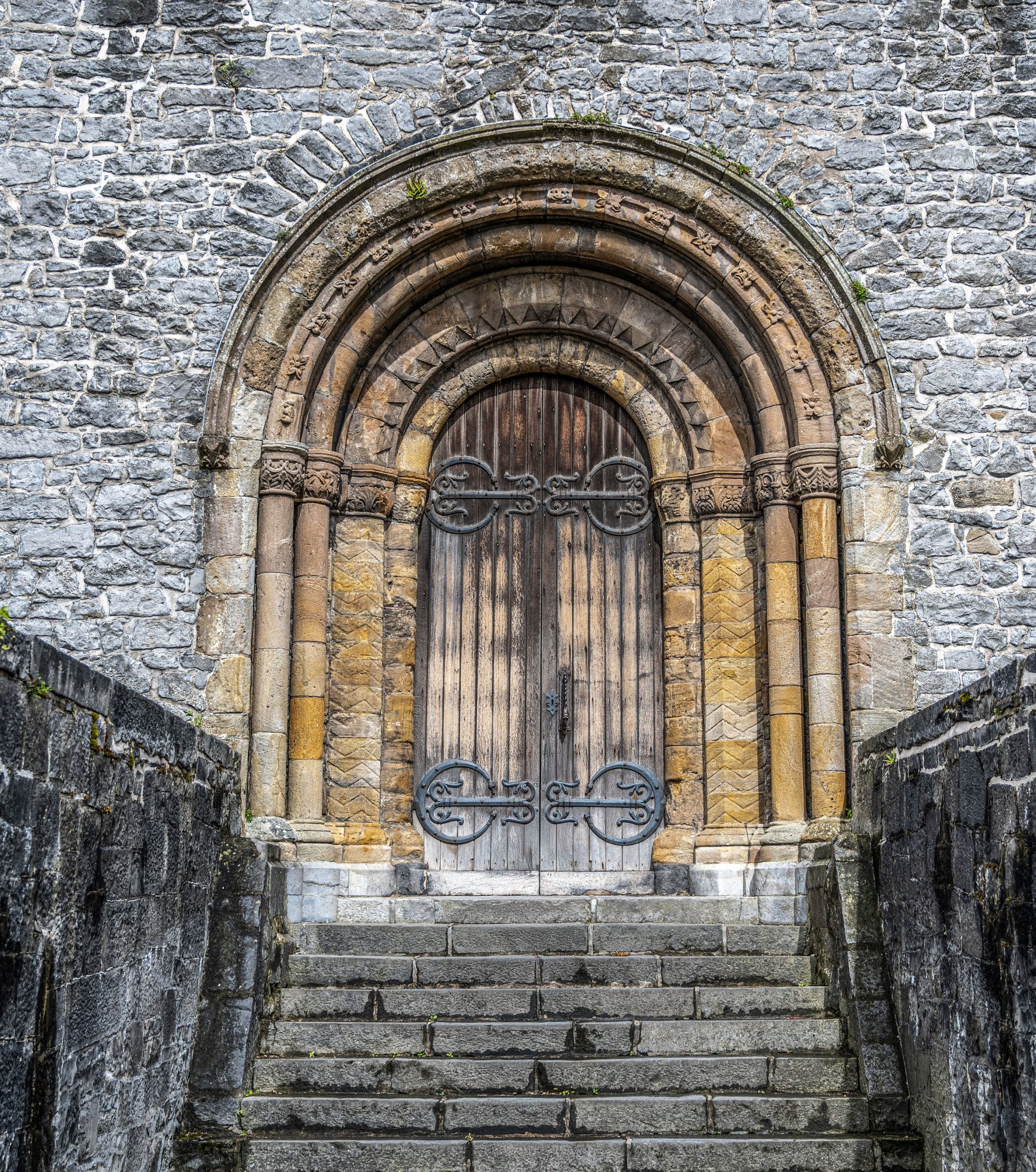
Dating to 1168, Saint Mary’s Cathedral is a ‘time capsule’ of Ireland through the ages. In the eight centuries of its existence its history spans Medieval darkness, Victorian elegance and the musical culture for which it is famous.
From invasions, insurrections and famine to times of great peace and harmony, Saint Mary’s Cathedral has always been a proud landmark on Limerick’s skyline. Unsurprisingly, it is one of Limerick’s Top Visitor Attractions and needs to be top of your list when visiting the mid-west of Ireland.
In 1111, a synod of the Catholic Church – the Synod of Ráth Breasail – took place, marking the transition of the Irish church from a monastic- to a diocesan- and parish-based church. At the Synod it was agreed that ‘Saint Mary’s Church’ would become the cathedral church of the Diocese of Limerick. In 1168 the Cathedral was founded by Donal Mór O’Brien, the last King of Munster – and was positioned on a hill on the site of his palace on King’s Island. This is the oldest part of Limerick. Originally the palace had been built on the site of the Viking meeting place or ‘Thingmote’ – the Vikings’ most westerly European stronghold and the centre of government in the early Medieval Viking city.
Preserving the Past
The Cathedral’s great west door is believed to have been the original main entrance to the royal palace, and for centuries the bishops of Limerick have knocked on the door and entered by it as part of their installation ceremony. During the many sieges of Limerick and according to tradition, those defending the city would sharpen their swords and arrows on the stones around the west door.
The full title of this Cathedral is the Cathedral and Parochial Church of the Blessed Virgin Mary, and it is the oldest building in Limerick still in continuous daily use.
